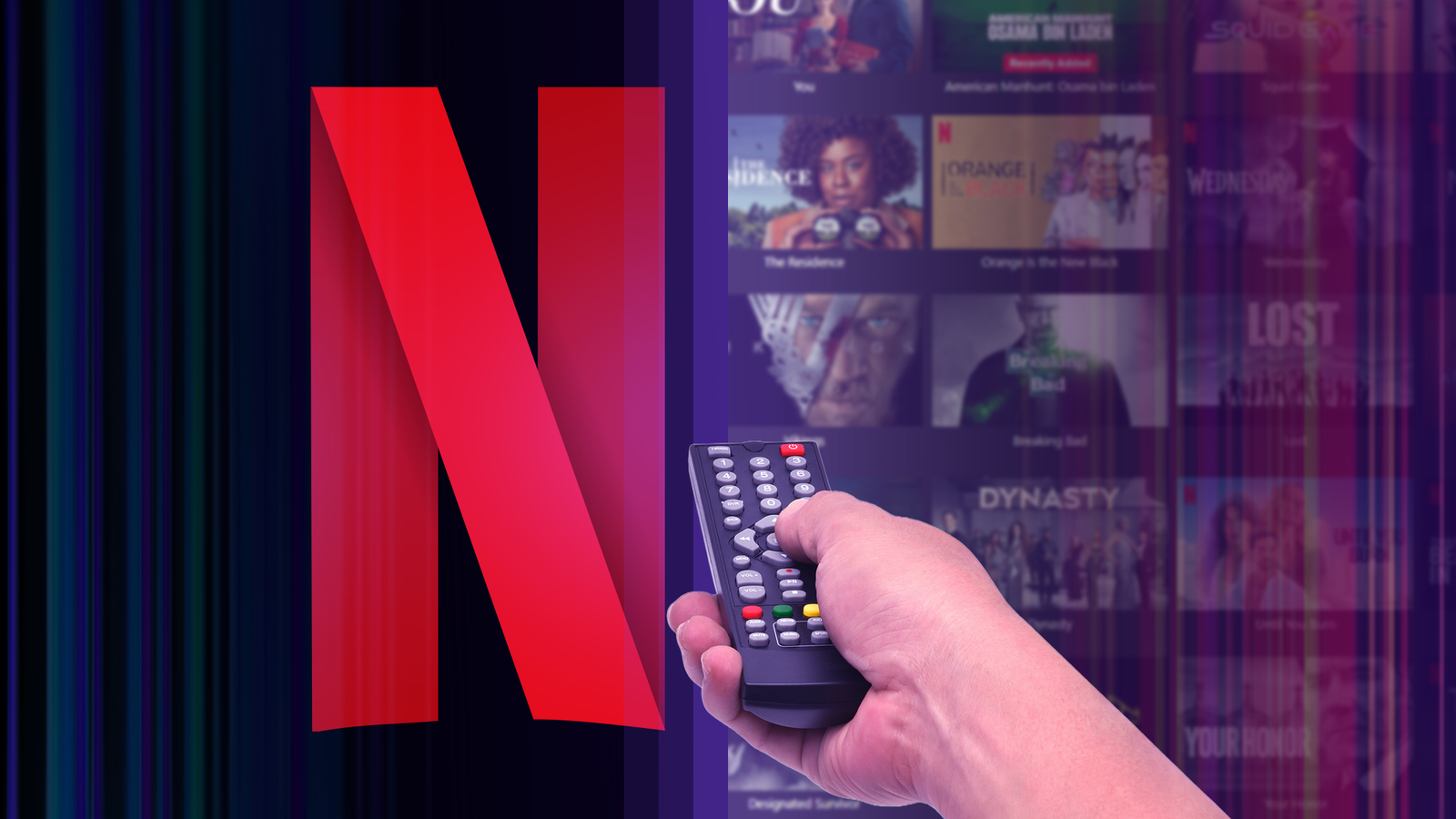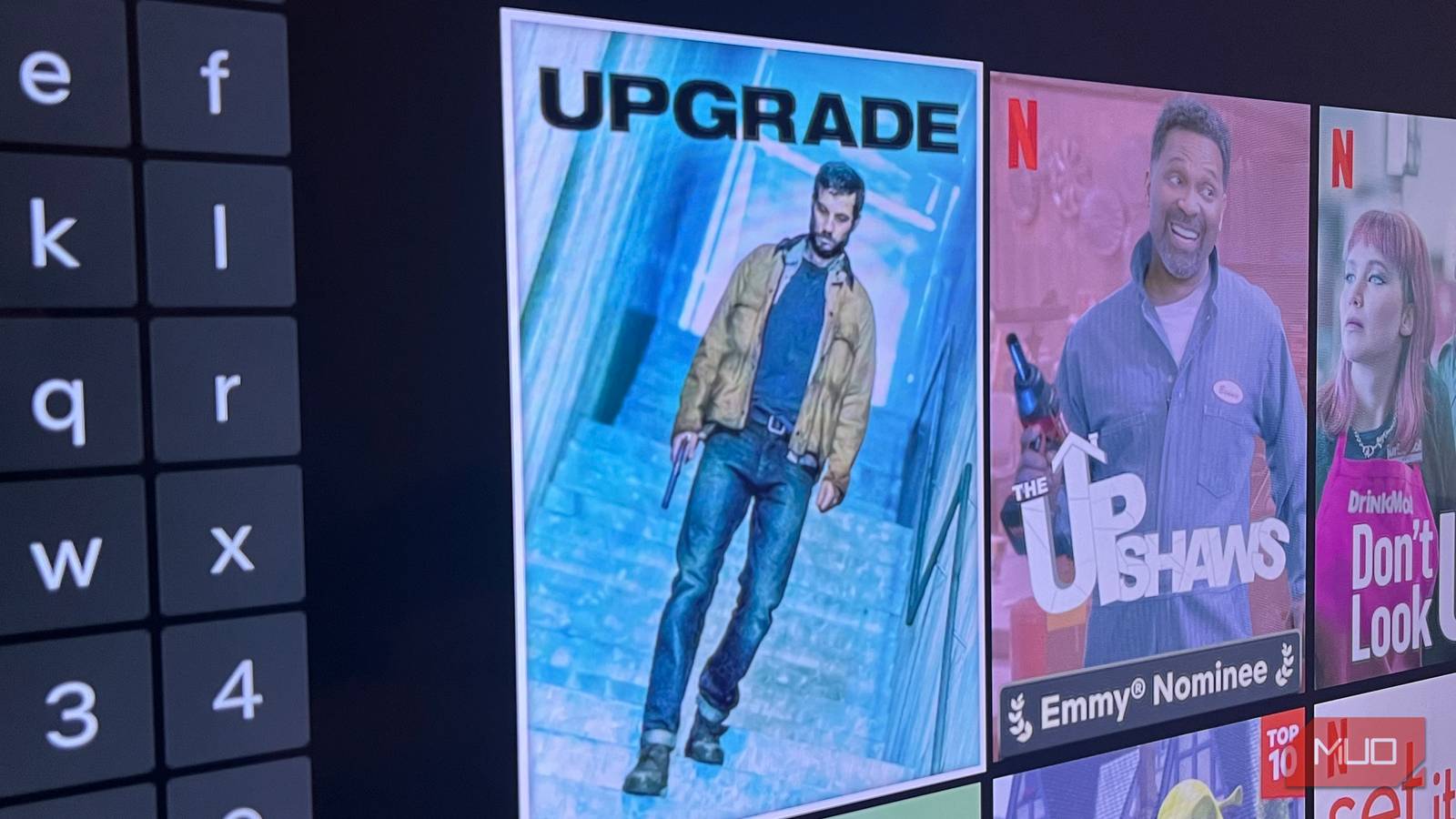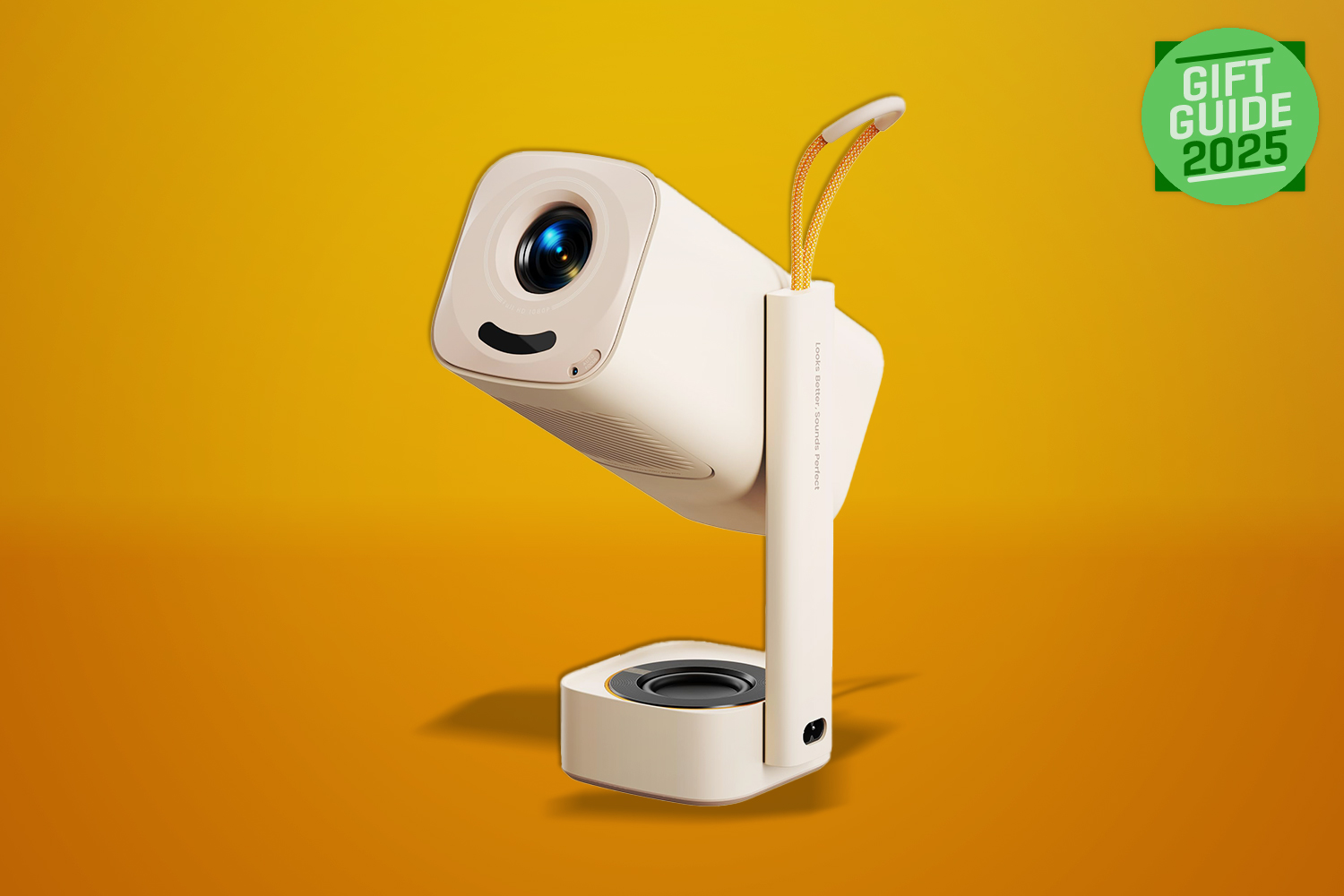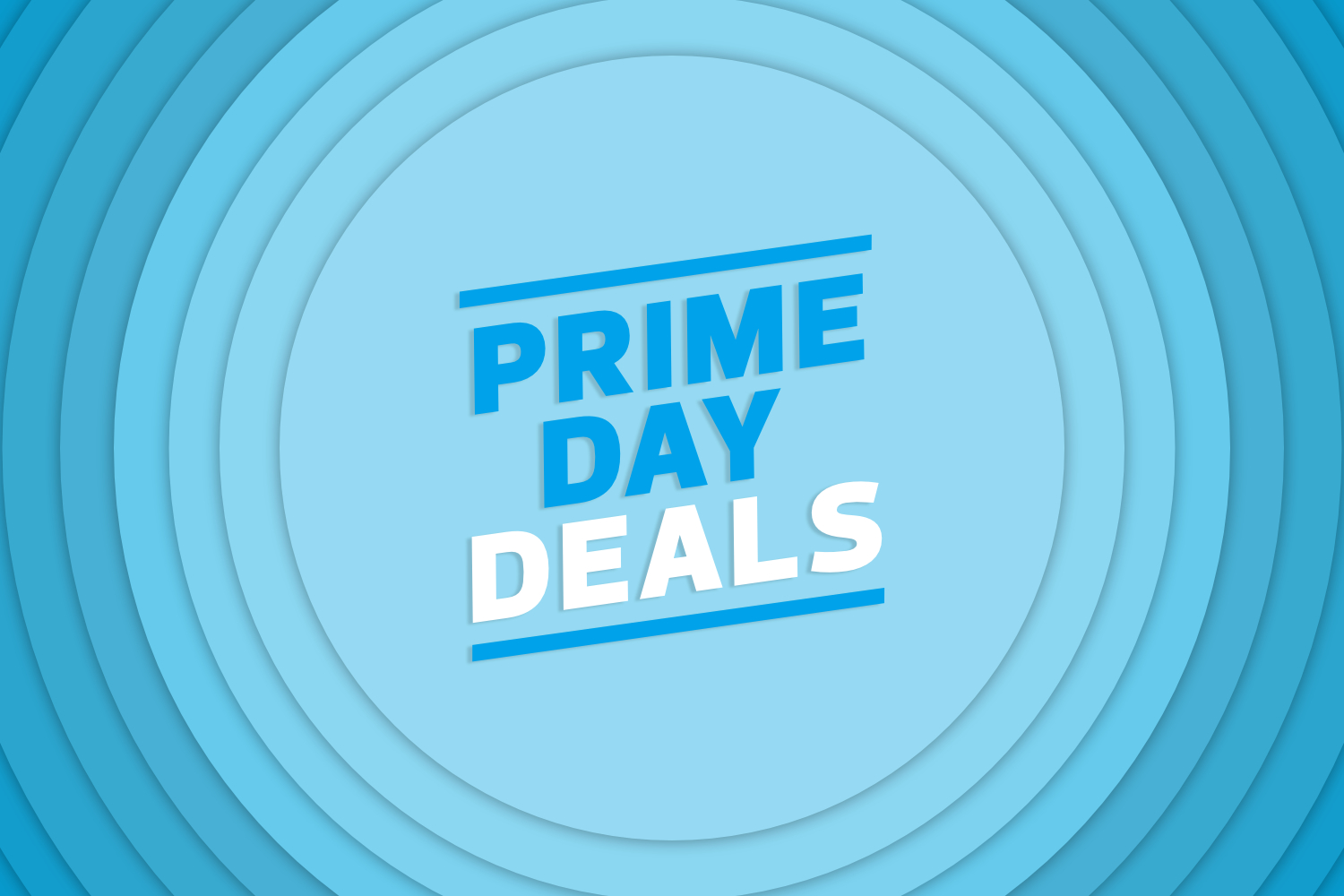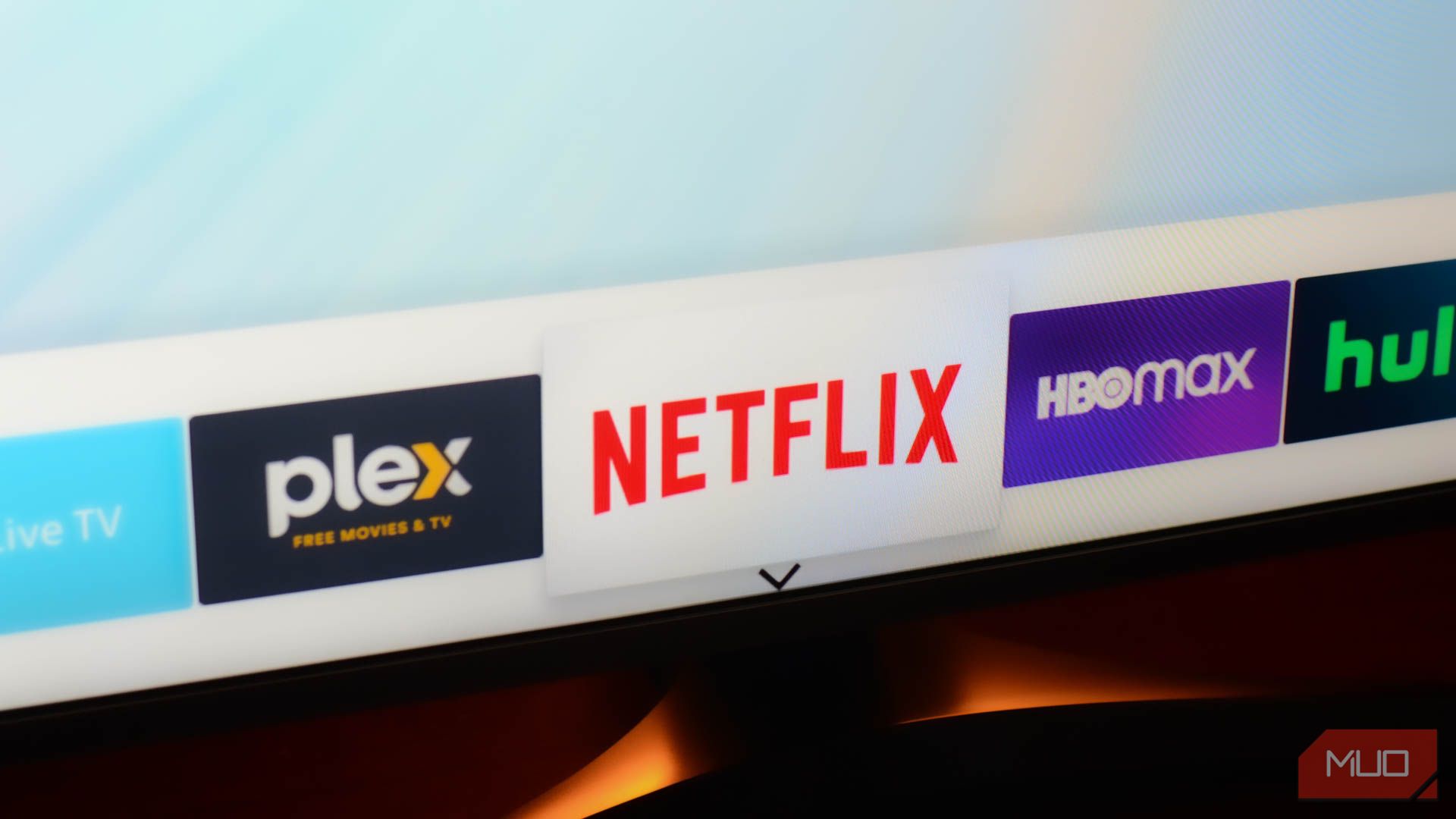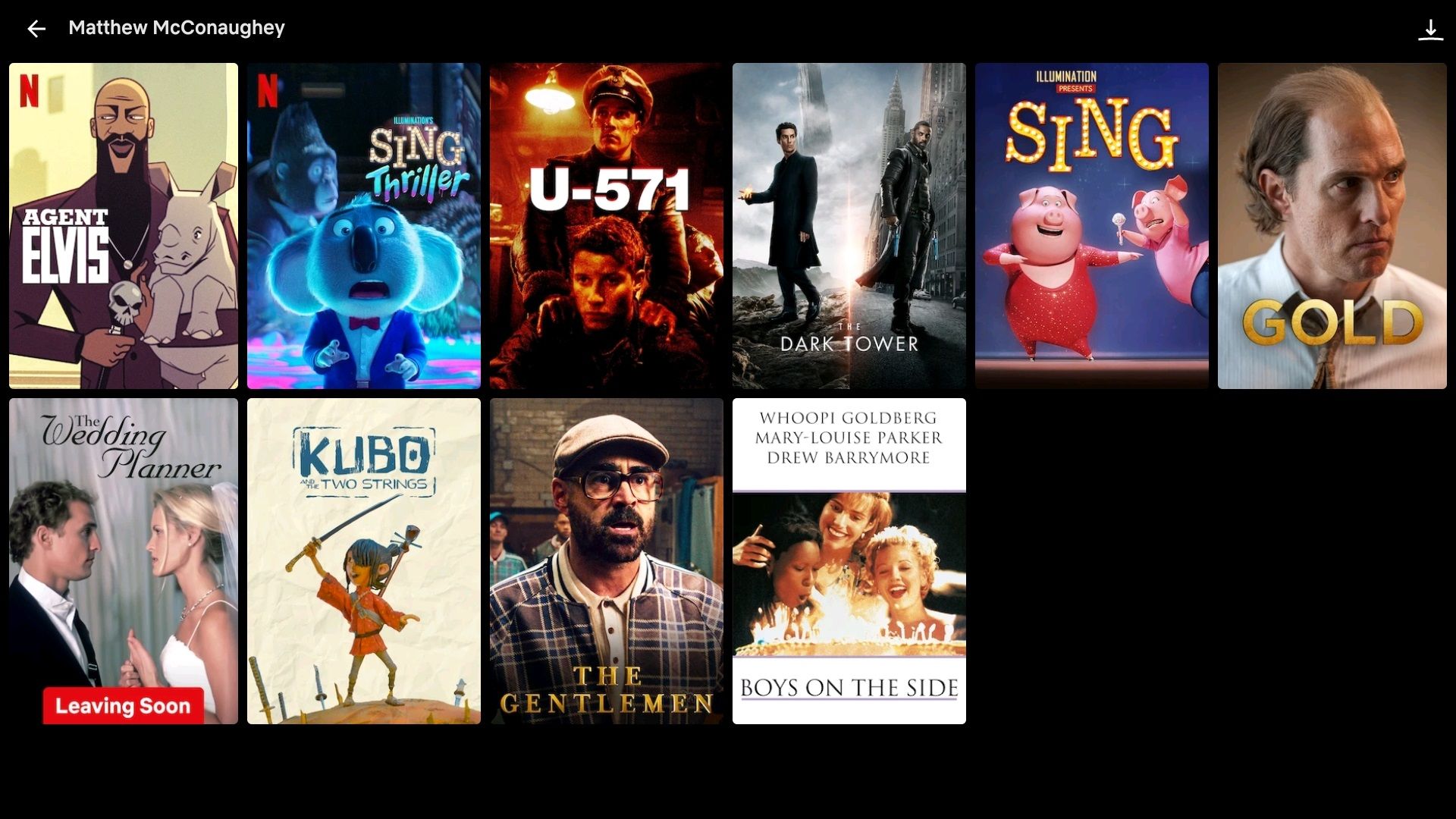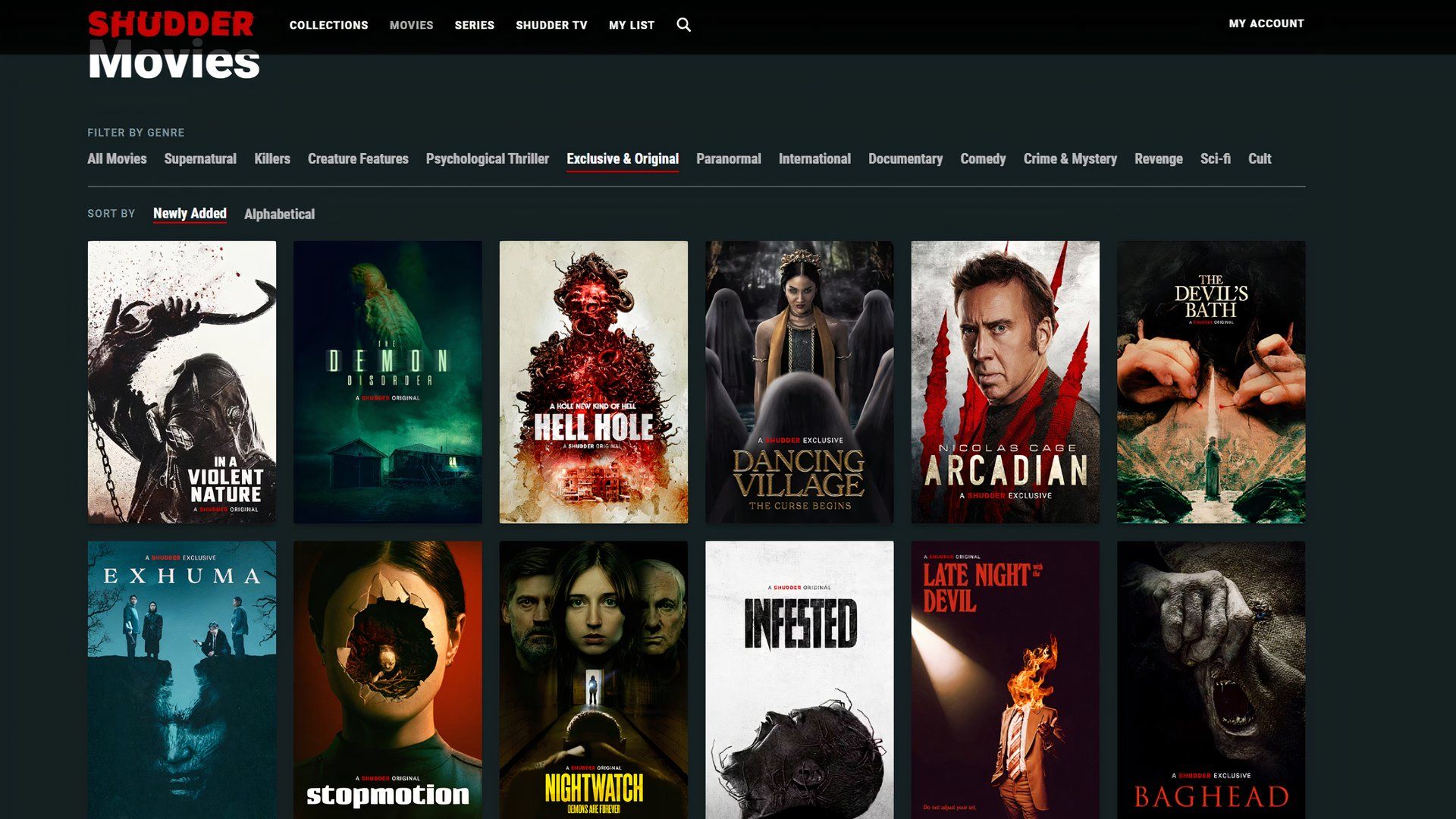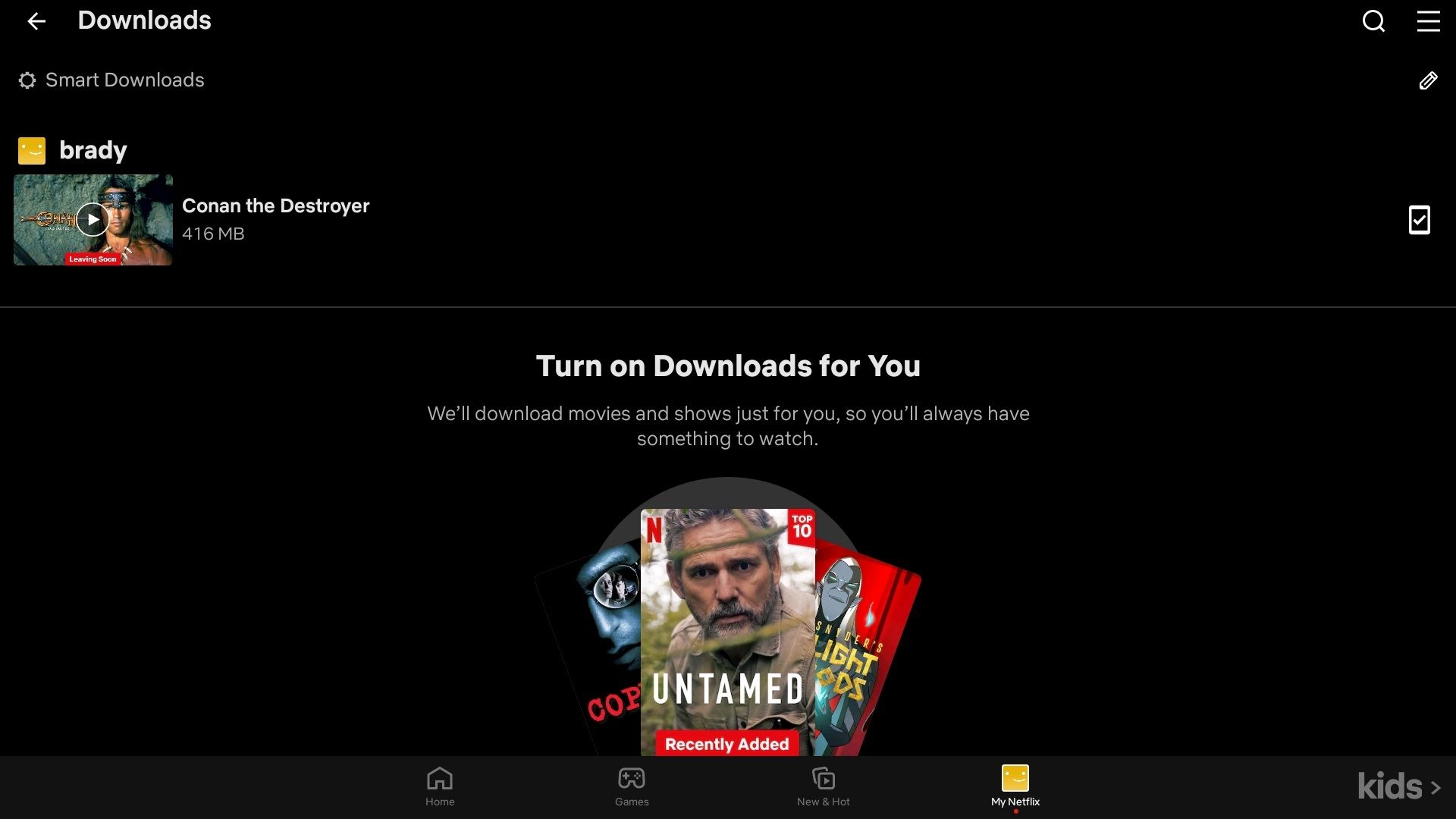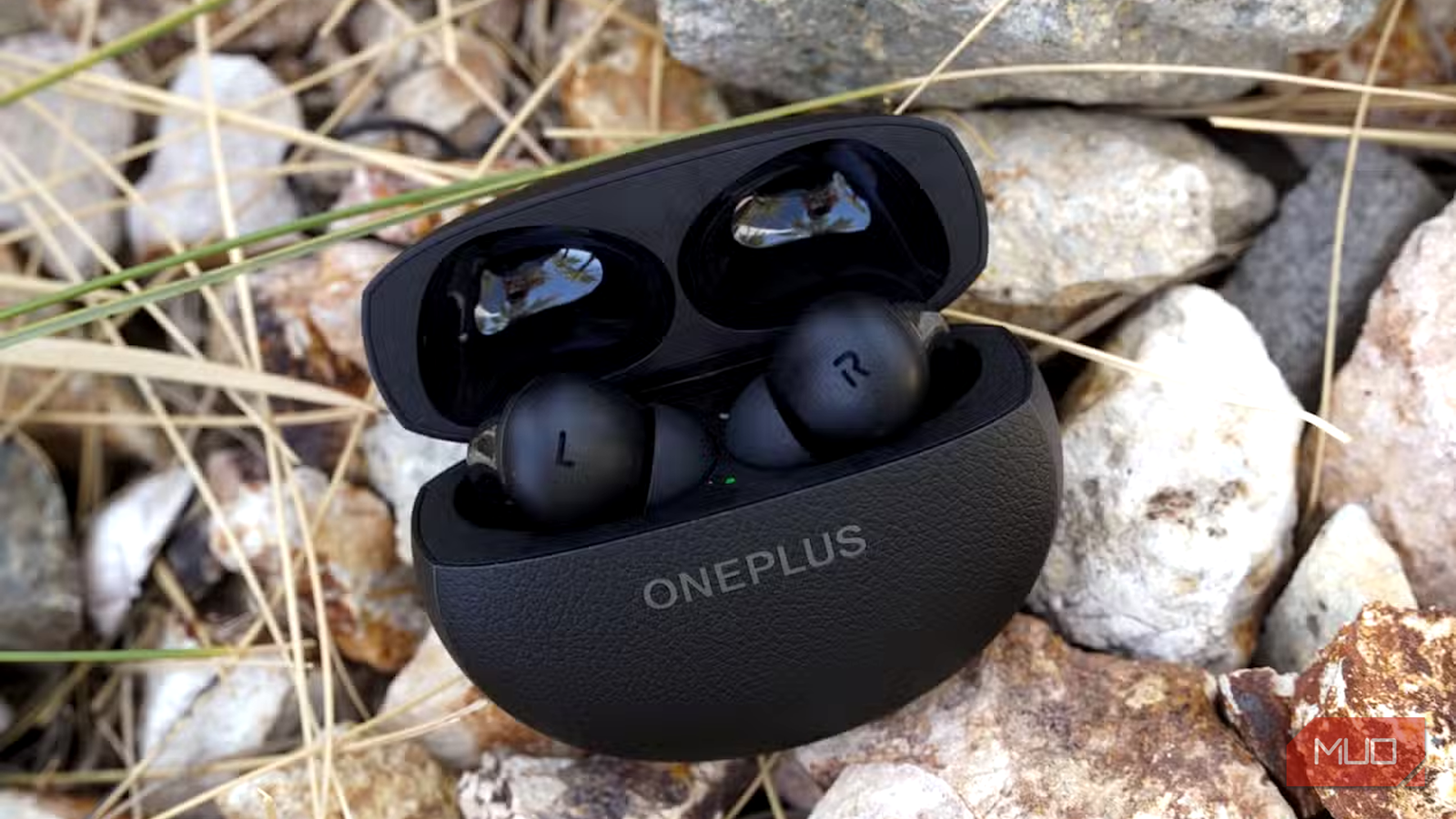I’m always on the lookout for a new streaming service I can roll into my rotation, but to be on that list, it has to be worth my time and money. So, when I’m judging a streaming platform—and I judge with extreme prejudice—these are my demands.
7
When Navigation isn’t Tedious
Starting with one of the most defining factors of a good streaming service: navigation. If the UI makes it frustrating to get around, it isn’t a streaming service worth paying for, plain and simple. Something as nagging as a weird side menu transition can affect my chances of returning. I’m also looking for the right menu density—too many options on-screen only makes it easier for choice paralysis to set in.
Netflix has, arguably, the best UI navigation. Its tiles are tall on the app and wide in a browser, but for both, there are only about a dozen options on the screen at one time. That’s a good number. Each tile has plenty of detail to convey information and ensures equal attention from me. And when I log in, my watch list, as well as what I was watching before, are immediately within reach.
6
Behind-the-Scenes Content
What really hampers my retention is when streaming services lack additional content, like behind-the-scenes footage and deleted scenes. I like getting the most out of my dollar, so when I can’t access that content, I feel I’m not getting the most value.
The way I see it, the appeal of a streaming service is to have something comparable to a physical media library. Platforms such as Hulu, Netflix, HBO Max, and Disney+ have behind-the-scenes content, but it’s really hit-or-miss. Not to mention, some of these platforms, such as Netflix, can be difficult to find. If I get nothing more than the movie itself, I’d rather ignore the service altogether and buy a DVD.
It’s one of the reasons I still continue to buy and build up my physical media collection.
5
Information on the Cast and Creators
One feature I’ve only seen a few streaming services tackle is the ability to select an actor’s name and get a list of everything they star in. I’m surprised it hasn’t caught on sooner. Both Netflix and Prime Video have this feature, and thanks to them, casting info is increasingly important.
For one, it’s a feature that should be adopted by every streaming service for its convenience. Secondly, knowing the name of an actor can and has led me down the rabbit hole of their career. Wanting to see more of an actor just means I’ll stick around longer, assuming the platform can quickly point me to the nearest movie or series they’re in.
I can’t stress the importance of interesting, easily understood labels when separating content into groups. When I’m looking for something to watch, a strong, but short descriptor goes a long way in keeping me engaged. Netflix also does this well, like “Boredom Busters,” “Casual viewing,” and “Because you watch X,” because emotion is put front and center.
Like music, I’m picking a movie based on vibes, not something confusing like “summer heat.” What kind of movies fall under that category? Movies set in Florida? Romance? I can immediately glean from “Boredom Busters” that I’m going to find something exciting, like action and comedy, which I did.
3
When a Service Has an Identity
My tastes in streaming services have changed with the times. Netflix, for example, may have a vast library of countless genres, but what is Netflix’s content identity? More than ever, I want streaming services that focus on just a handful of genres or a specific type.
Shudder, for example, focuses on horror and all things macabre, but it’s no less valuable because of its niche. The same applies to platforms that focus on indie films, cult classics, and art films, such as IndieFlix and the Criterion Channel. You’ll come across more of an identity among underrated streaming services.
2
Compatible With Multiple Platforms
In my home, we use three different operating systems: Windows, macOS, and Android. We each also have at least two devices, and we share streaming services. If a streaming service is available on all of those platforms, it’s easier to decide if it’s worth my time and money. Bonus points if the service is also available on consoles.
It primarily comes down to time invested and exposure. When I can access that content in various ways across multiple devices, I’m more inclined to use it. Otherwise, out of sight, out of mind, as the saying goes.
1
Downloading Content For Offline Viewing
My phone’s data cap is quite low—a measly 10GB, which isn’t a lot. I can burn through that by sending a few videos, images, and especially streaming entertainment. Downloading content for offline viewing has been my saving grace whenever I go on little trips with my family.
For starters, I don’t want to connect to any public Wi-Fi, including that of motels, and run the risk of having my personal information stolen. Secondly, having a movie on hand is one of my favorite ways to wind down on vacation rather than doomscrolling social media.
Some of my demands are non-negotiable, such as compatibility and navigation, while others make a significant difference when combined. If a streaming service doesn’t allow me to download content or lacks in-depth information on the cast, but checks other boxes, it still has a fighting chance.
